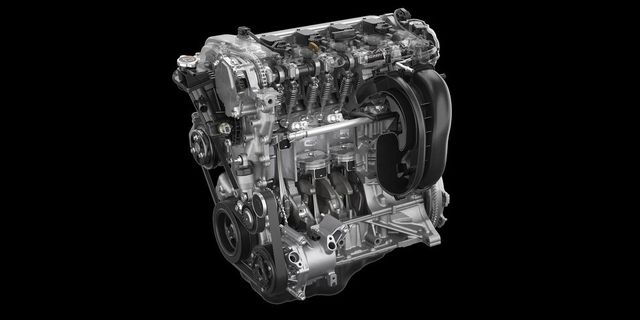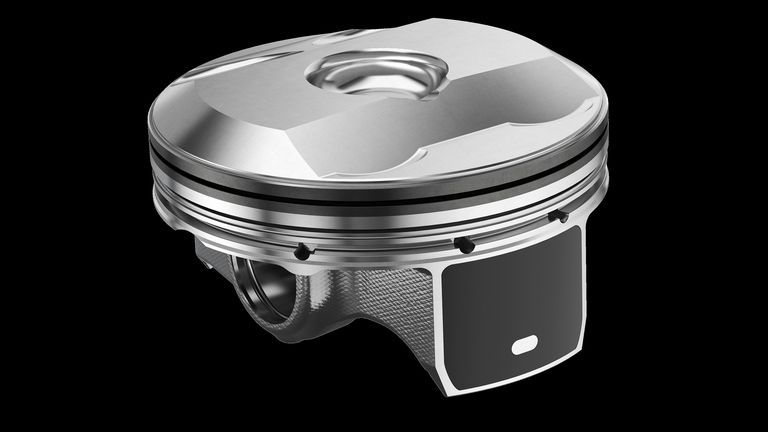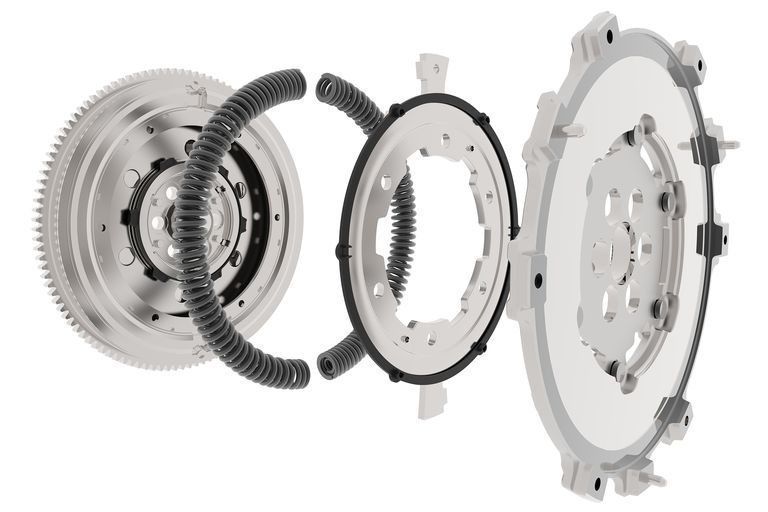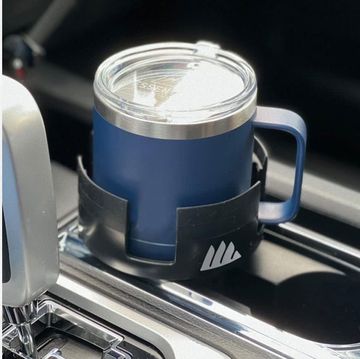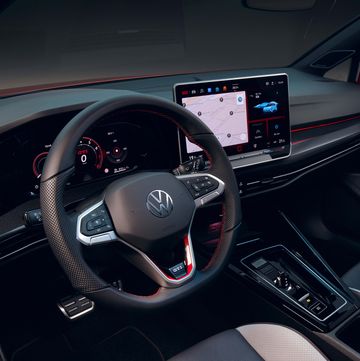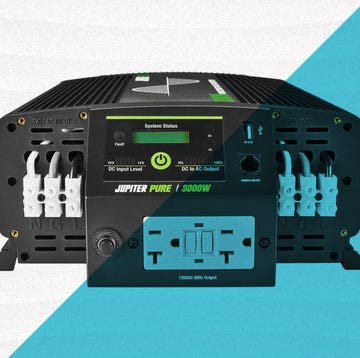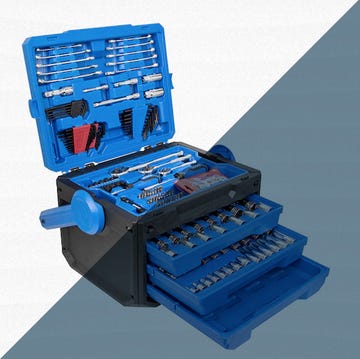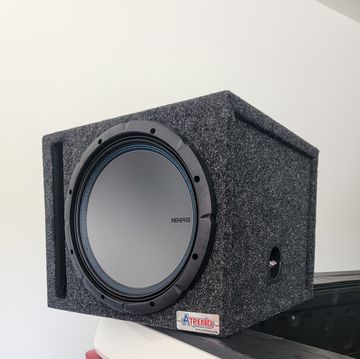For 2019, the Mazda Miata makes 26 more horsepower than before and revs 700 rpm higher, which translates to 181 hp and 7500 rpm. Not massive numbers in the age of turbocharging, where a boost in power often comes from cranking up boost pressure, but the Miata is not turbocharged. To make these gains with a naturally aspirated mill, Mazda had to turn to old-school tricks.
"This breaks down into a pretty straightforward philosophy: You want to make more power in your engine, you get more air into it, you get more air out of it," Dave Coleman, head engineer for Mazda North America, said in a presentation.
"So, everything that the air touches on the way through the engine is bigger."
Let's start first on the "get more air into it" side. The throttle body diameter is 5mm larger than before, while the shaft running through the middle is 2mm smaller, so the flow area is 28 percent larger in total. Previously, this 2.0-liter used individual ports for each intake valve (eight in total), but now these ports are linked in pairs. This helps increase airflow into each cylinder while decreasing intake temperature. The intake valves are 18 percent larger than before, while a shorter intake manifold with dual-length runners helps create a wider powerband.
The exhaust valves are larger, too, and they lead to bigger ports to help the engine breathe better at high RPMs. "An old hot-rodding trick," Coleman says. Mazda also modified the cam timing on the exhaust side with higher lift and longer duration. Coleman also told us the exhaust manifold is "basically the same" as before, but larger radius primary and secondary tubes help improve flow. The muffler design is new, too, and while it helps improve flow somewhat, it was mainly implemented to improve sound.
In the pursuit of more revs and better response, Mazda got really nerdy in reducing weight of the Miata's rotating assembly, shaving grams wherever it could. The pistons, which Coleman calls "a work of art," are 27 grams lighter than before thanks to smaller skirts and a reduced surface area. The wrist pin of the connecting rods have been reshaped to save weight, too, while a stronger material allows for the use of smaller rod bolts. Total weight saved for the connecting rod assembly? Forty grams.
Mazda didn't reduce the weight of the Miata's crankshaft, but a stiffer material and re-shaped counterbalances give this engine big improvements in smoothness. "You really start to notice it when you're hanging the thing, coming into a corner and hanging around 6500-7000 rpm, and it just feels smooth at that speed," Coleman said.
"The crank stiffness really helps with the smoothness and the feel of the engine."
A number of improvements to the Miata's combustion process were implemented, too. The shapes of the combustion chamber and piston feature a number of modifications to increase tumble flow speed, and thus, and knock resistance. A new high-pressure fuel injection strategy makes combustion more efficient, too.
There's some clever stuff going on with electronic controls here, too. At low RPMs, fuel is injected during the heat and pressure strokes, and just before the power stroke to create a richer mixture around the spark plug, creating more stable combustion. This was critical to give this engine a boost in low-RPM torque, but not at the expense of refinement and fuel economy.
Mazda also got tricky with the electronic throttle control to combat bucking at low RPM. If you crack open the throttle sharply at low RPM the drivetrain bounces on its mounts, creating the undesirable bucking effect you might know well. If you do the same in the 2019 Miata, the throttle automatically oscillates to prevent this, and you'll never notice—instead, you get smooth linear power delivery.
Rather counterintuitively, the 2019 Miata gets a dual-mass flywheel in place of the single-mass unit used before. Dual-mass flywheels are great for dampening gear noise, but they're heavy, making an engine slow to rev. Ordinarily, this would never fly in an ultra-responsive car like the Miata—Coleman fought hard for the single-mass flywheel in the original ND Miata—but Mazda has been clever here, again. It created a dual-mass flywheel that has the same low inertia as the old single-mass flywheel, bringing newfound levels of refinement without any sacrifice to responsiveness.
You can read more about the results of all these detail changes in our first-drive review of the 2019 Miata, but in short, Mazda has created a true gem. And that was kind of the intention from the outset.
Coleman explained to me that this 2.0-liter was a late addition to the ND Miata—it was only ever supposed to get a 1.5-liter, which is currently available elsewhere. Mazda put a ton of development into the 1.5, turning into a true sports car engine reminiscent of the first Miata's 1.6-liter. But since the 2.0-liter Miata was only greenlit for production late in the ND's development, this engine never got the same level of attention.
All of these changes are designed to give the 2.0-liter the same rev-happy feel of the 1.5, but with smooth, linear power. And with this engine, Mazda has taken what was already one of the best sports cars of all time and made it so much better.
A car enthusiast since childhood, Chris Perkins served as Road & Track's engineering nerd and Porsche apologist.
